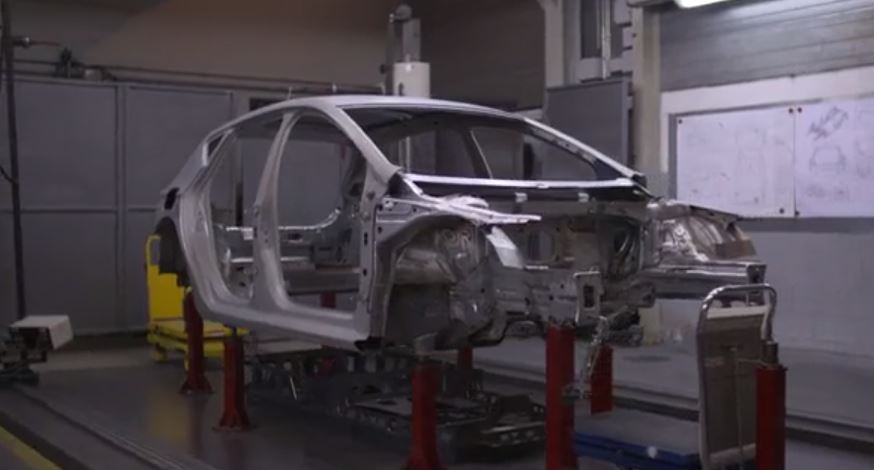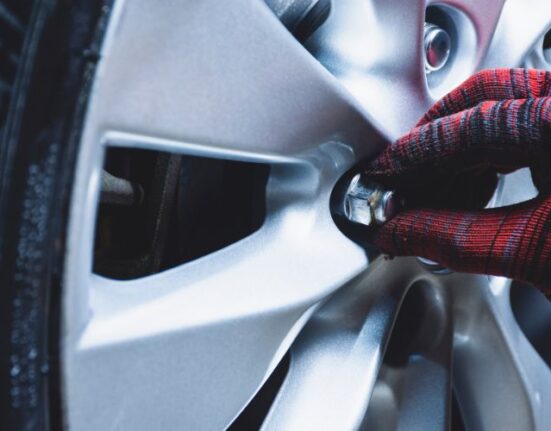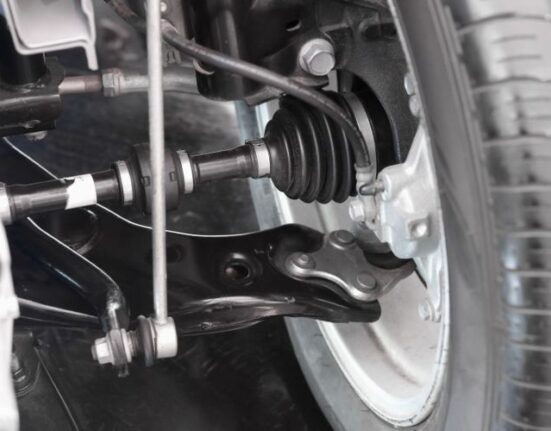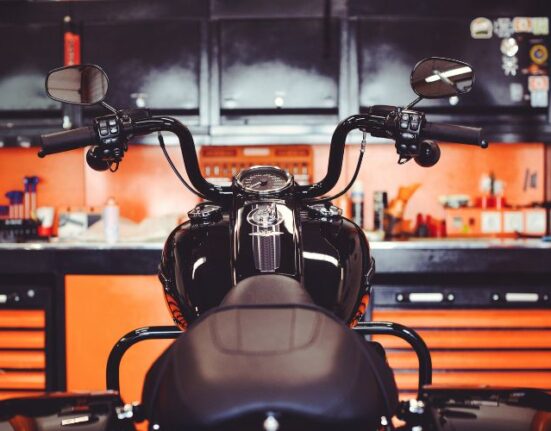Martorell, 05/03/2018. – The new CUPRA e-Racer, brand’s first fully electric racing model, reaches 100 km/h in 3.2 seconds, clocks a top speed of over 270 km/h and its engine exceeds 12,000 revs. It is a racing car that works on batteries, but has the power of a vehicle fuelled with petrol:
1) A car with 6,072 battery cells: The battery on this electric car has the same power as the ones on 9,000 mobile phones connected at the same time. Its energy source consists in a total of 23 panels, each with 264 cells, and it takes 40 minutes to completely recharge.
2) A battery that weighs half a tonne: At 450 kilos, it represents a third of the car’s entire weight. For this reason, “its positioning was one of the biggest challenges we had to face”, says Xavier Serra, the technical director of this project. It is so big and heavy that we had to distribute its volume throughout the lower part of the car to maintain its balance and functionality.
3) Four engines on this car: “One of this vehicle’s most surprising aspects has to be its power”, affirms Xavier Serra. This model is equipped with four engines, located at the rear, enabling “the CUPRA e-Racer to reach 12,000 revolutions, compared to the 6,500 of a petrol powered race car, and all with a single gear”, Serra confirms.
4) A winning design: “The main goal was to improve aerodynamics”. For this reason, the door mirrors were replaced with mini cameras, “to make the car more dynamic”, adds Serra. The driver can see everything that is happening around him on a large screen built into the dashboard.
5) A mosquito on the asphalt: Serra affirms that the feeling at the wheel is different to that of a petrol powered car and the first thing that strikes you is “its acceleration”. The sound this vehicle makes is also something new: “Unlike a conventional car, this electric model makes a humming noise similar to a mosquito”.
6) From a traditional Leon to a race car: The new CUPRA e-Racer model was built on the chassis of the SEAT Leon. The structure was enhanced with safety elements such as an interior roll bar to make it suitable for competing.

















